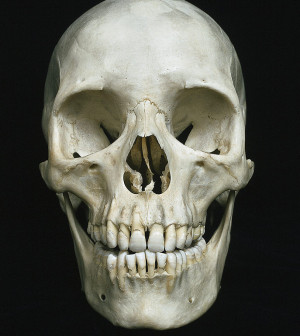- Skip Storing This Everyday Product in the Fridge Door
- Green Tea + B3 Pairing May Boost Brain Health
- Navigating Your Midlife Crisis: Embracing New Possibilities
- City Raccoons Showing Signs of Domestication
- Mapping the Exposome: Science Broadens Focus to Environmental Disease Triggers
- One Week Less on Social Media Linked to Better Mental Health
- Your Brain Changes in Stages as You Age, Study Finds
- Some Suicide Victims Show No Typical Warning Signs, Study Finds
- ByHeart Formula Faces Lawsuits After Babies Sickened With Botulism
- Switch to Vegan Diet Could Cut Your Greenhouse Gas Emissions in Half
Dance Those Cares Away!


Dancing can reduce seniors’ knee and hip pain and also improve their walking, a new, small study finds.
The research involved 34 seniors, average age 80, who all had pain or stiffness in their knees or hips as a result mainly of arthritis. The participants — mostly women — were assigned to a group that danced for 45 minutes up to two times a week for 12 weeks or to a control group that did not dance.
By the end of the 12 weeks, those who danced had less pain in their knees and hips and were able to walk faster, said Jean Krampe, an assistant professor of nursing at Saint Louis University and lead author of the study.
The use of pain medicines fell by 39 percent among seniors in the dance group but rose 21 percent among those who did not dance, she noted.
The findings about walking speed are important, she added, because seniors who walk too slowly are more likely to fall, be hospitalized or require care from others.
“Doctors and nurses recognize gait speed as the sixth vital sign that can help us predict adverse outcomes for older adults,” Krampe said in a university news release.
“Walking just a little more rapidly can make enough of a difference for a person to get across the street more quickly or get to the bathroom faster, which keeps them functional and independent. In our study, those who danced didn’t walk dramatically faster, but they had a meaningful change in their walking speed,” she added.
The study was published recently in the journal Geriatric Nursing.
“Dance-based therapy for older adults needs to be gentle, slow and include options so it can be performed standing or sitting, because their fatigue or pain level can change day to day,” Krampe explained.
More information
The American Academy of Orthopaedic Surgeons has more about seniors and exercise.
Source: HealthDay
Copyright © 2025 HealthDay. All rights reserved.










